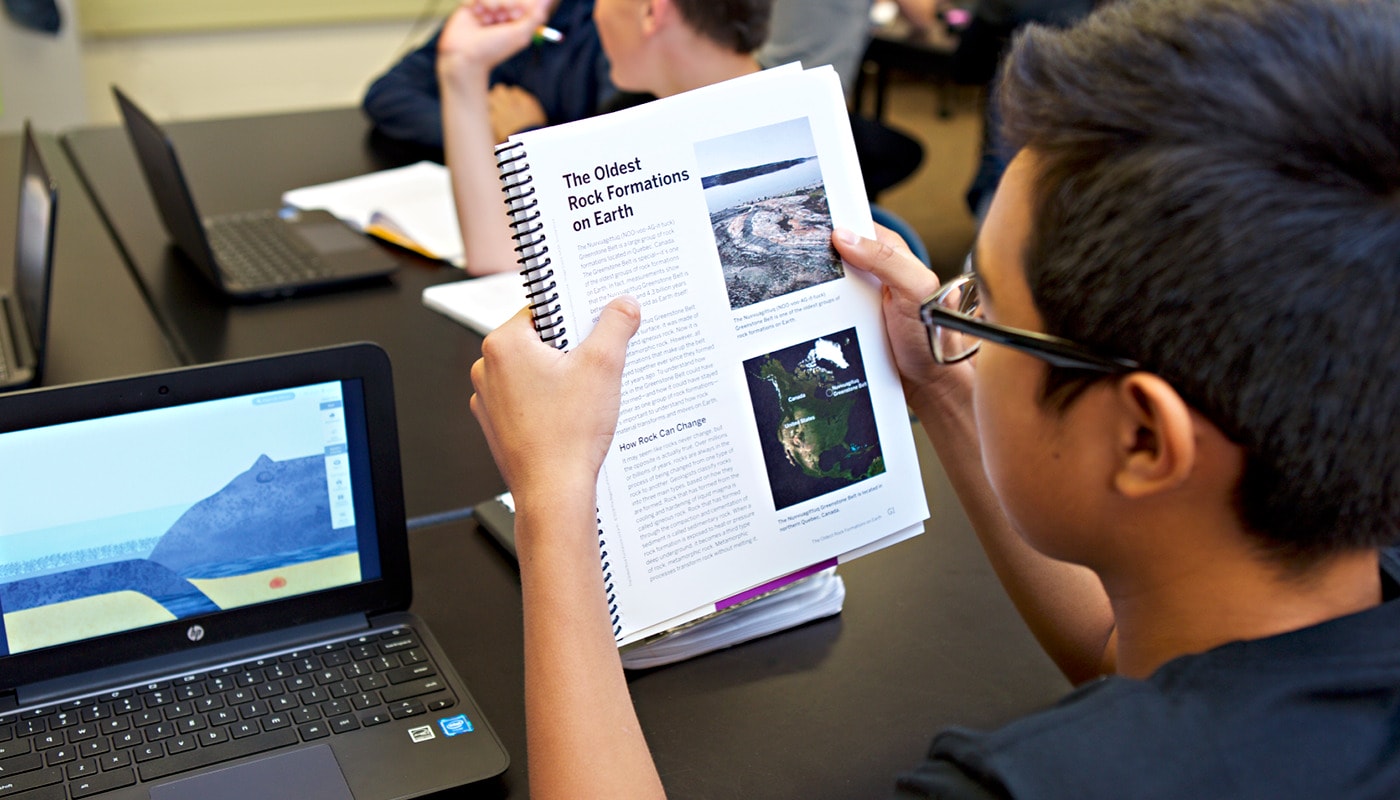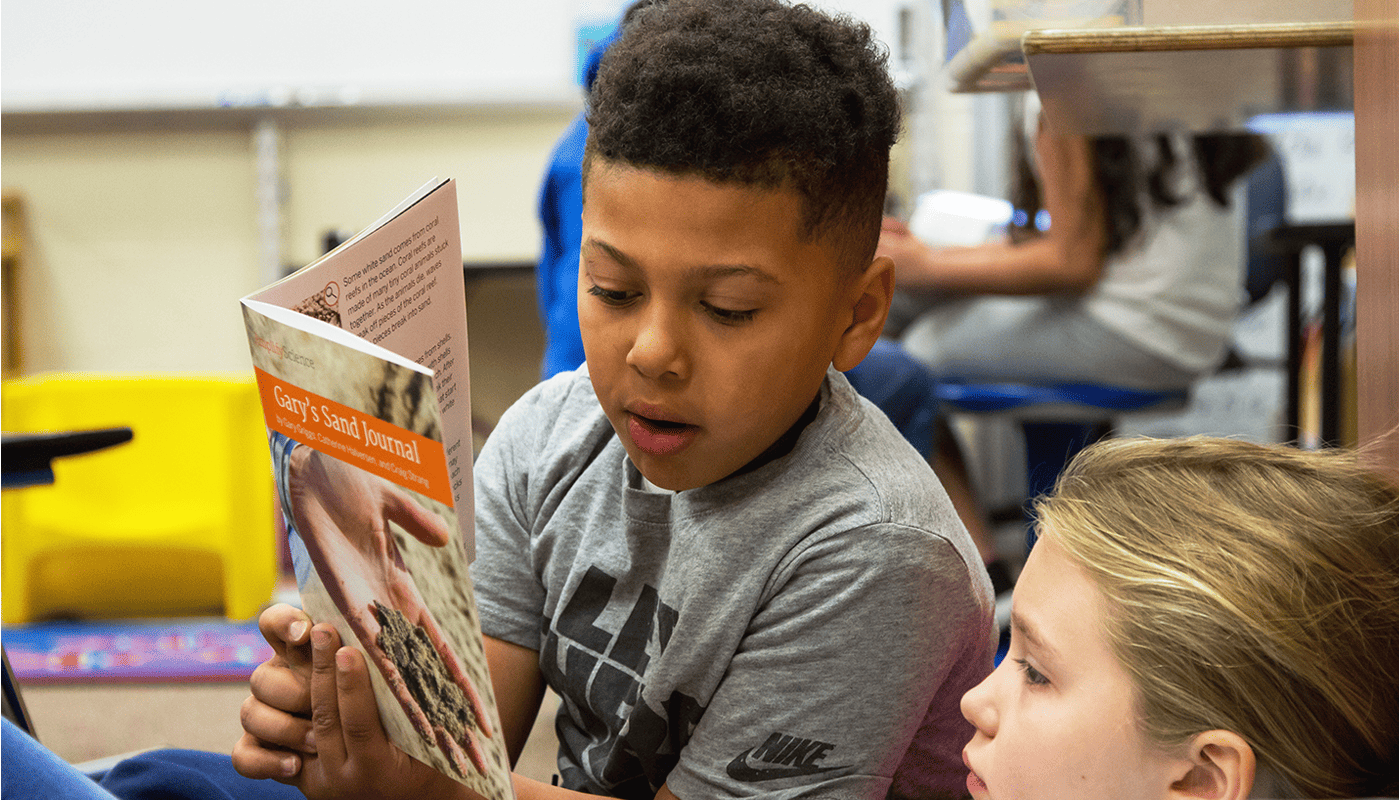
What do science classrooms and ELA classrooms have in common?
Literacy.
As science ¹ś²śĀ鶹¾ēbuild their scientific literacy, they also build their literacy literacyāas in,their capacity to read, write, and think across all disciplines. In a sense, all teachers are teachers of literacy, as ¹ś²śĀ鶹¾ēread to learn in essentially every subject.
An ELA teacher can help ¹ś²śĀ鶹¾ēlearn to read and interpret certain types of non-fiction and science-related texts, while a science teacher is uniquely positioned to integrate a science curriculum with a focus on literacy goals. ELA teachers are the experts on what the average person considers literacy; however, science teachers are the true experts on science literacy.
In this post, weāll take a look at what it means for science teachers to support literacy growth in their students.
Scientific literacy vs. literacy in science
First, letās define our terms.
Scientific literacy refers to a studentās understanding of scientific concepts, inside and outside the classroom.
Literacy in science refers to the literacy skills that ¹ś²śĀ鶹¾ēuse to acquire and share scientific knowledge. These skills include reading, writing, speaking, and listening.
Developing studentsā literacy in science helps them develop scientific literacy. Science literacy allows ¹ś²śĀ鶹¾ēto become critical thinkers, problem solvers, and strategic questioners.
Ā Insights on integrating science and literacy
Integrating literacy into science is more than making sure ¹ś²śĀ鶹¾ēread articles and write lab reportsābut the two are still a natural fit.
The standards that guide instruction in grades 6ā8 make this integration concrete. Certain Common Core ELA standards intersect with the Next Generation Science Standards ().
To cite just a few examples, the Common Core requires ¹ś²śĀ鶹¾ēto be able to:
- Cite specific textual evidence to support analysis of science and technical texts. RST.6-8.1
- Determine the central ideas or conclusions of a text; provide an accurate summary of the text distinct from prior knowledge or opinions. RST.6-8.2
- Follow precisely a multistep procedure when carrying out experiments, taking measurements, or performing technical tasks. RST.6-8.3
- Integrate quantitative or technical information expressed in words in a text with a version of that information expressed visually (e.g., in a flowchart, diagram, model, graph, or table). RST.6-8.7
- Distinguish among facts, reasoned judgment based on research findings, and speculation in a text. RST.6-8.8
Whatās required of ¹ś²śĀ鶹¾ēis whatās often called disciplinary literacy. That means literacy through the lens of inquiry in a given field. Science has its own set of vocabulary and reading/writing styles ¹ś²śĀ鶹¾ēneed to learn to understand, decode, and write in.
And when they do, the academic benefits go both ways.
Ā Integrating literacy into science encourages both science and ELA growth
The scientific method requires ¹ś²śĀ鶹¾ēto ask questions, listen to explanations, and present conclusions. And when science teachers use targeted literacy teaching strategies, they can help ¹ś²śĀ鶹¾ēunderstand challenging scientific vocabulary. For example, they can learn the difference between the two meanings of the word āculture.ā Those are the same approaches ¹ś²śĀ鶹¾ēwill use when analyzing with and communicating about texts in ELA.
Also, reading in science can be more than just reading a science textbook or science-related articleāteachers can help ¹ś²śĀ鶹¾ēlearn to read through a scientific lens by encouraging even the youngest ¹ś²śĀ鶹¾ēto articulate their questions about a text and understand where they might find answers.
And then thereās writing: āScience and writing standards are really in service of each other,ā writes educator Gina Flynn in . āWhen we present authentic writing opportunities in science, we are not only developing studentsā understanding of science concepts but also providing an authentic context for developing writing skills.ā
Integrating science into ELA also encourages both science and ELA growth. When ¹ś²śĀ鶹¾ēgrapple with science-related texts in ELA, they can develop ways of thinking and communicating that support the scientific approach, refine sense-making skills that are key to both disciplines, and get inspired to keep up with the latest scientific discoveriesāyet another great reason to read.
More to explore
Science and literacy: You donāt have to choose

